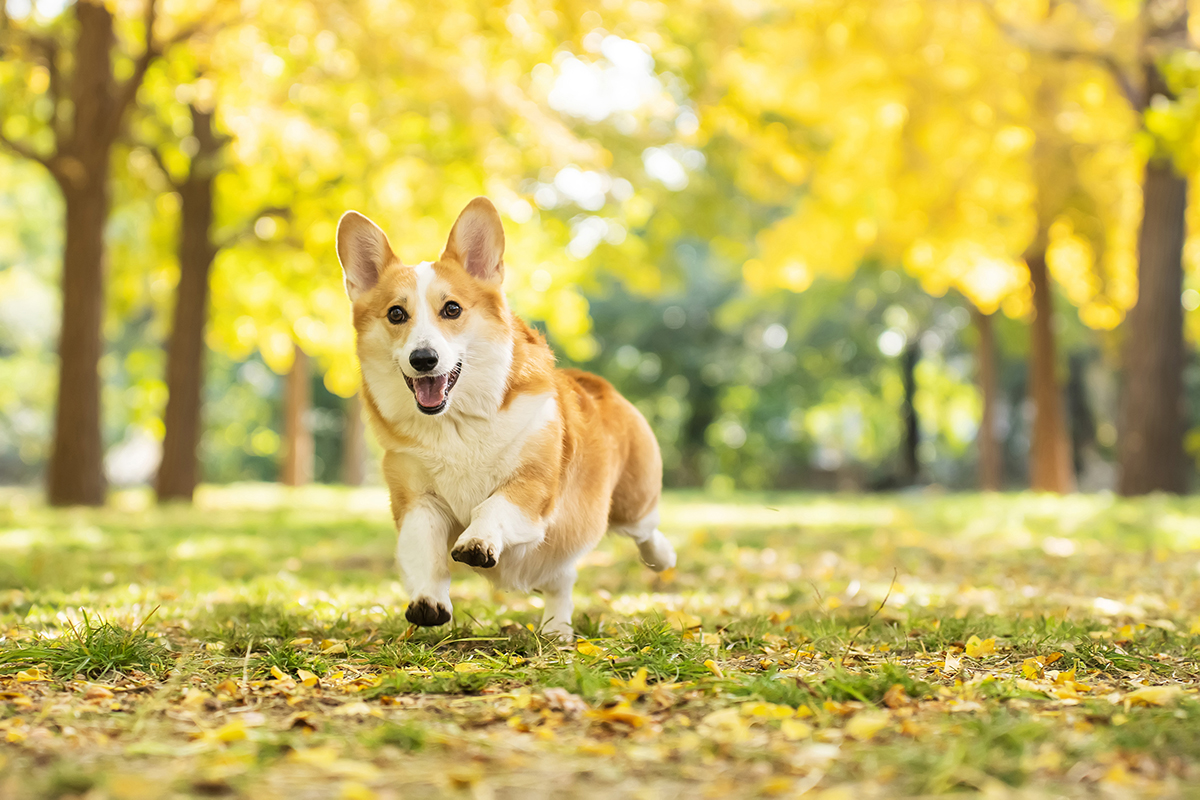Embora sejam muito menos cooperativos do que os seres humanos, os animais de estimação são alguns dos objetos mais divertidos de se fotografar. Na verdade, a fotografia de animais de estimação tornou-se rapidamente um gênero extremamente popular para fotógrafos de todos os níveis. Quer você seja apaixonado por fotografar animais ou esteja simplesmente buscando aprimorar suas habilidades, aprender algumas dicas importantes sobre fotografia de animais de estimação pode fazer uma grande diferença. Afinal de contas, os animais de estimação são facilmente acessíveis, sempre cheios de personalidade e animados para uma ida ao parque - o que os torna objetos de prática perfeitos para aprimorar suas habilidades atrás da câmera!
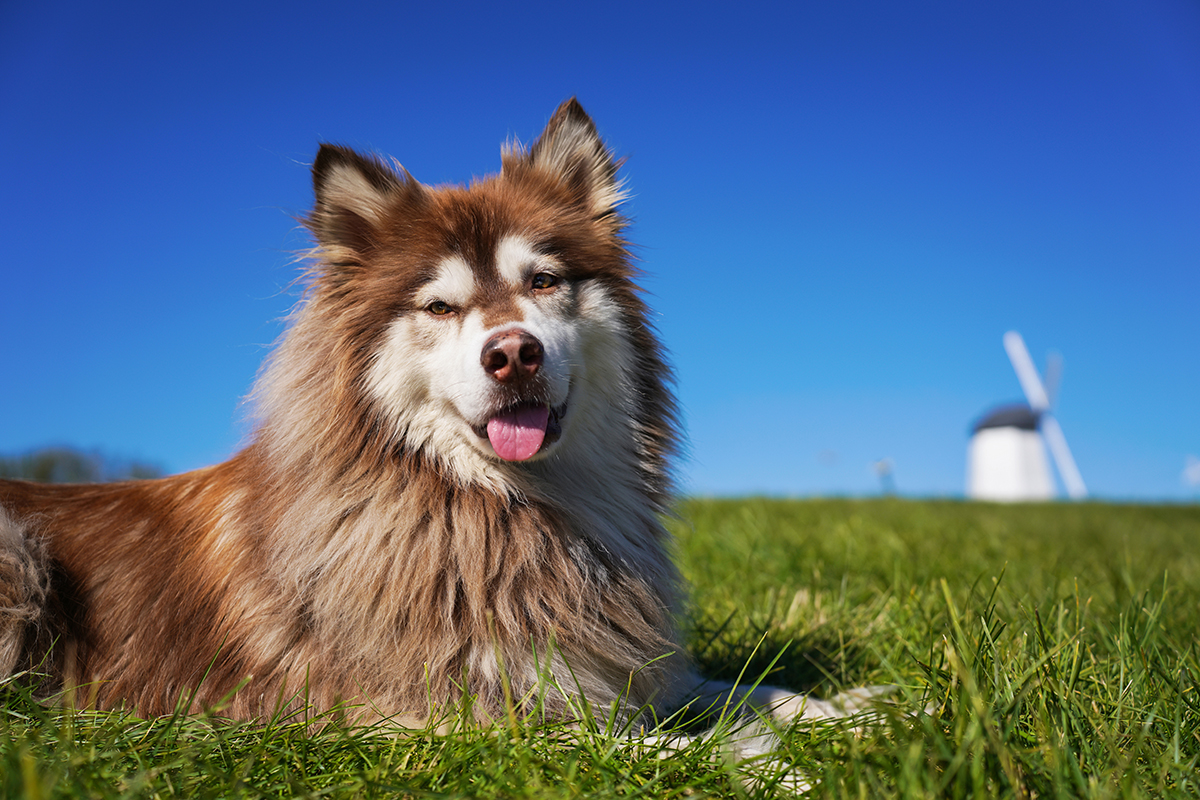
Imagens de Zhang Tianhang
O que você aprenderá neste artigo
- Como escolher a lente perfeita para fotografia de animais de estimação, incluindo o motivo pelo qual a Tamron 28-75 mm G2 é a melhor opção.
- A importância de usar a luz natural para capturar retratos autênticos e atraentes de animais de estimação.
- Estratégias inteligentes de tempo para fotografar animais de estimação quando eles estiverem calmos e cooperativos.
- Dicas práticas para manter a paciência e a atenção para capturar os momentos espontâneos perfeitos.
- Como personalizar as configurações de sua lente com o Tamron Lens Utility™ para obter resultados melhores e mais personalizados.
Não importa se você é um fotógrafo iniciante tentando obter fotos lindas de seus bebês de peles ou um fotógrafo profissional que deseja expandir seus negócios para a fotografia de animais de estimação, confira estas dicas profissionais para a fotografia de animais de estimação para capturar melhores imagens do melhor amigo do homem e muito mais.
DICA 1: Encontre a lente certa

Quando se trata de dicas para fotografia de animais de estimação, é essencial selecionar a lente certa. A maioria dos gêneros de fotografia tem algumas lentes específicas que são normalmente usadas para obter os melhores resultados, e a fotografia de animais de estimação não é diferente. Como ruídos altos podem facilmente assustar muitos animais de estimação e pode ser difícil fazer com que eles fiquem parados, você precisa de uma lente que opere de forma silenciosa e eficiente.
Como resultado, uma lente silenciosa permitirá que você capture imagens com detalhes vívidos sem desfoque de movimento. As Lente Tamron 28-75 mm F/2.8 VXD G2 (Modelo A063) é perfeita para o trabalho, pois sua unidade AF apresenta um motor VXD que mantém o desempenho rápido e silencioso. Além disso, seu sistema óptico avançado captura uma qualidade de imagem excepcional. Além disso, a 28-75 mm G2 oferece uma faixa de distância focal versátil e uma ampla abertura de f/2,8, permitindo velocidades de obturador mais rápidas e ainda menos desfoque de movimento. Para completar, com o Tamron Lens Utility™, você pode personalizar facilmente as configurações da lente para que correspondam ao seu estilo pessoal de fotografia.
DICA 2: Use o máximo de luz natural possível
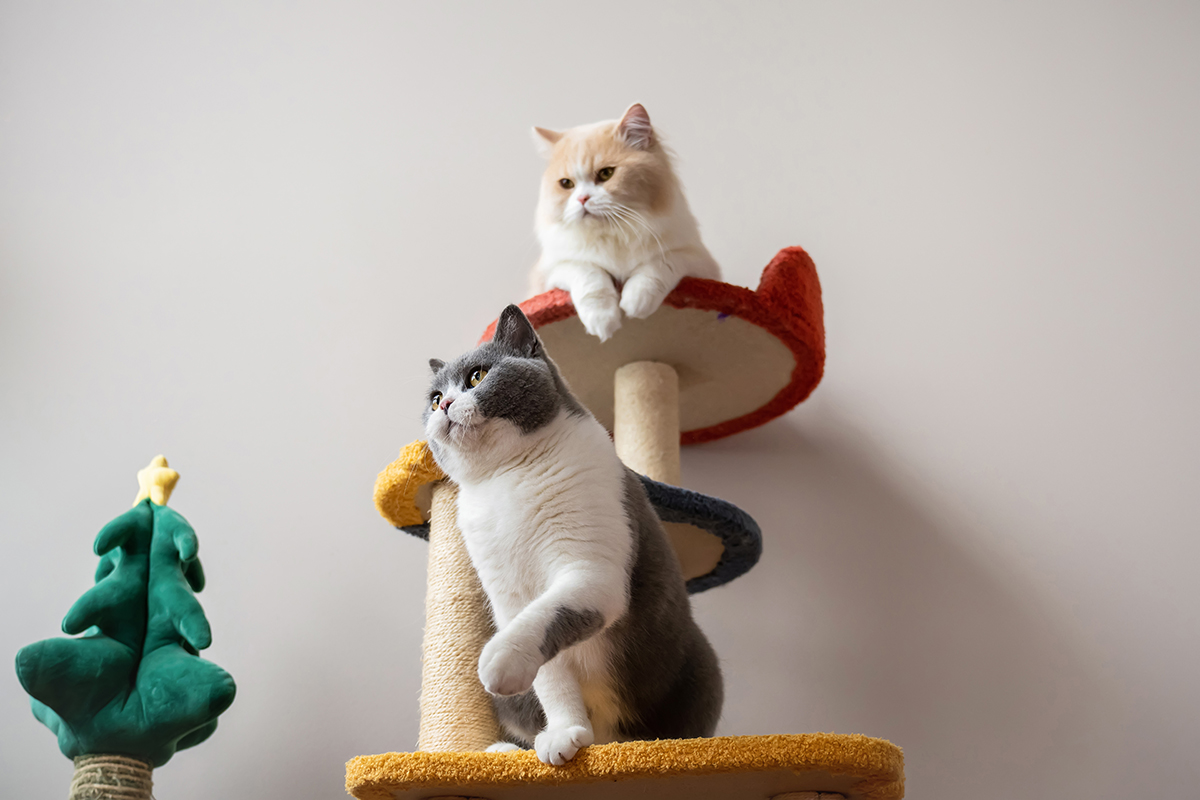
Uma das dicas mais importantes para fotografar animais de estimação é usar o máximo de luz natural possível. A luz natural desempenha um papel importante na captura de fotos autênticas e bonitas de animais de estimação, pois os flashes podem facilmente assustar os animais, arruinando não apenas a foto, mas possivelmente toda a sessão, se eles não conseguirem se acalmar. Além disso, os estroboscópios geralmente causam efeitos indesejados de olhos vermelhos que podem diminuir a qualidade de suas imagens. Para evitar esses problemas, os fotógrafos - especialmente aqueles que dirigem um estúdio fotográfico - devem considerar a possibilidade de fotografar animais de estimação ao ar livre, onde a luz natural é abundante. No entanto, se for necessário fotografar em ambientes fechados, outra dica valiosa para a fotografia de animais de estimação é trabalhar em uma sala iluminada com janelas grandes, garantindo bastante luz natural e suave para destacar o melhor de seus animais peludos.
DICA 3: Agende as sessões de fotos quando os animais de estimação estiverem cansados
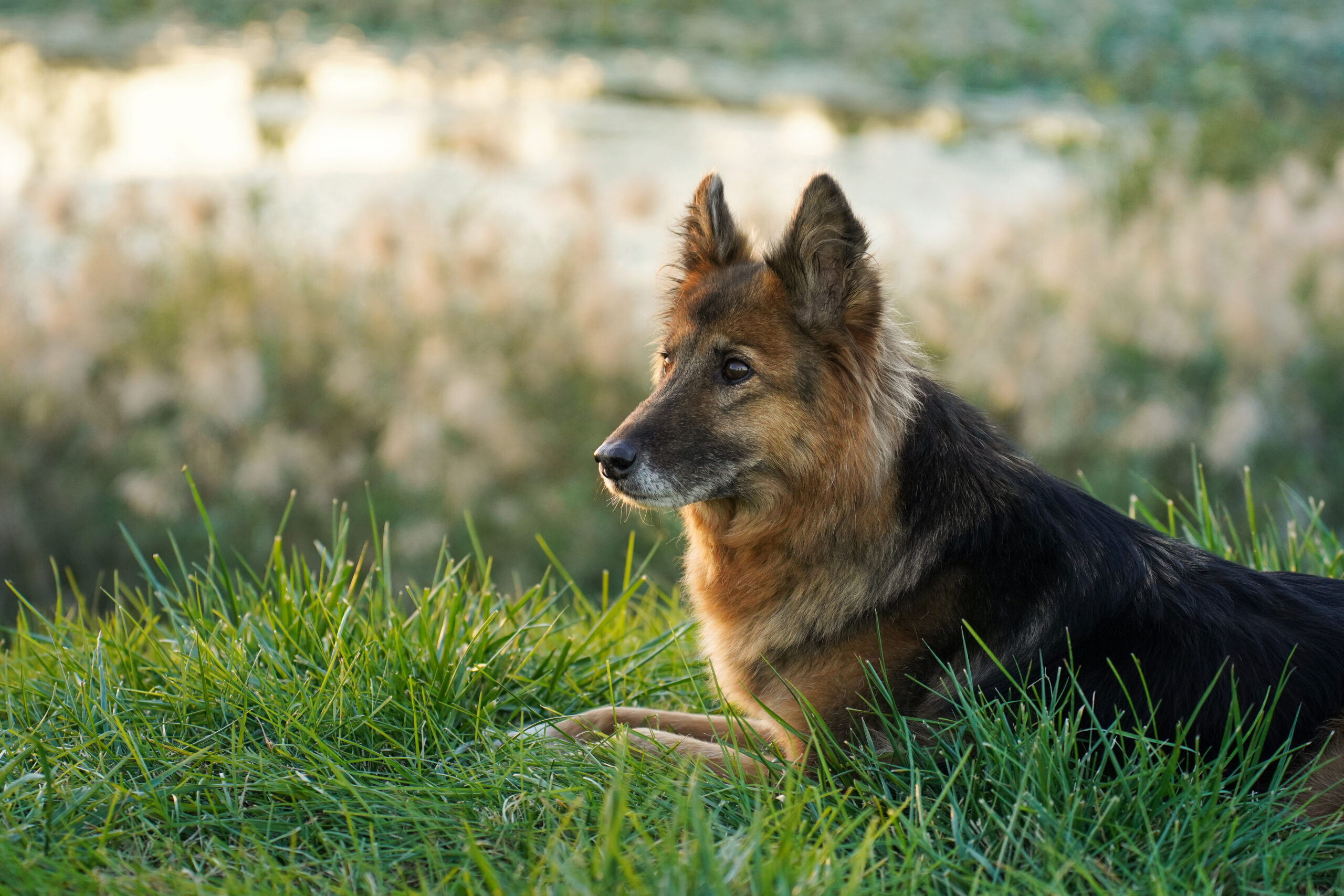
Embora a lente Tamron 28-75 mm G2 possa produzir imagens vibrantes e suaves, alguns animais de estimação ainda podem ter muita energia. Portanto, é importante programar as sessões de fotos quando o animal estiver cansado e com menos energia. Por exemplo, se você for um fotógrafo iniciante, tente tirar fotos após uma longa caminhada em vez de antes de dormir. Dessa forma, você terá mais luz natural para trabalhar e um objeto mais cooperativo. Além disso, se você tiver um estúdio fotográfico, recomende aos clientes que levem seus animais de estimação para passear antes da sessão. Como resultado, você criará um ambiente mais calmo e obterá fotos melhores.
DICA 4: Seja paciente
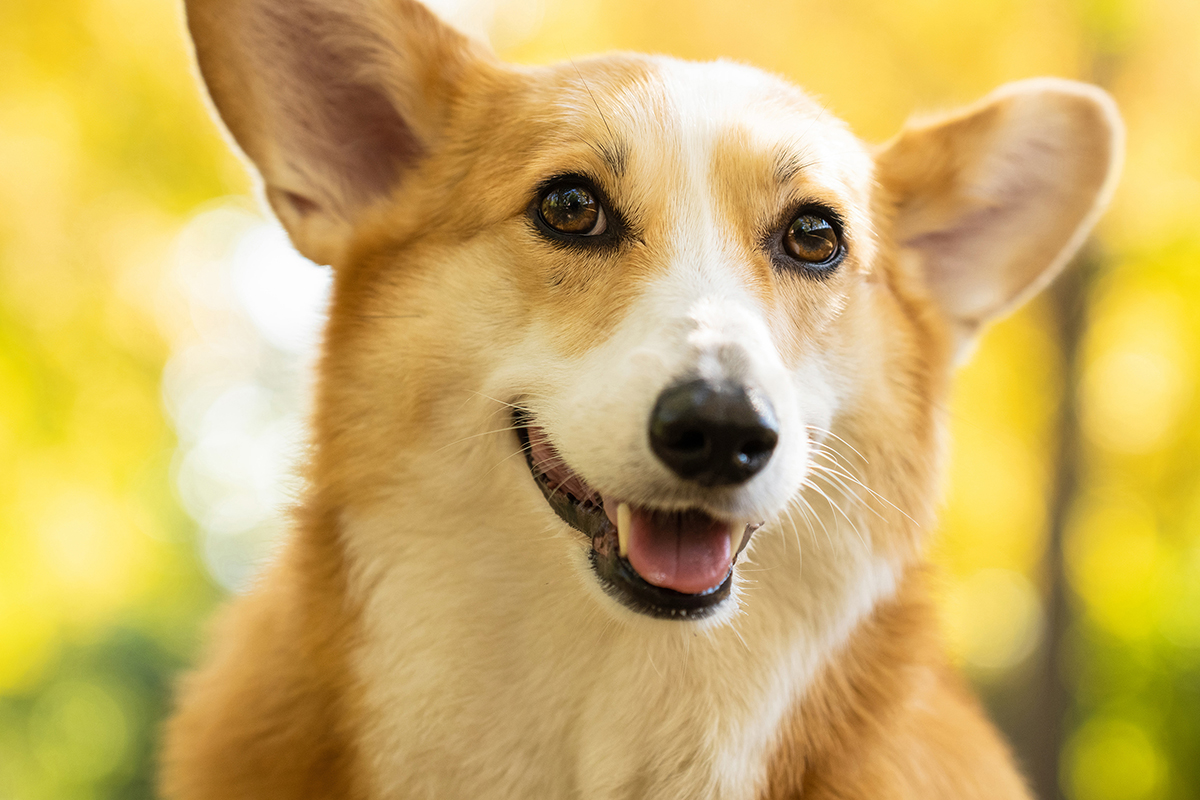
Conforme mencionado anteriormente, um dos maiores desafios na fotografia de animais de estimação é fazer com que eles cooperem durante a sessão. Entretanto, uma das dicas mais importantes para a fotografia de animais de estimação é manter a paciência e a flexibilidade, independentemente da situação. Os animais de estimação podem ser imprevisíveis, mas sua atitude calma ajudará a criar um ambiente mais relaxado. Portanto, em vez de forçar poses estáticas logo no início, considere começar a sessão com fotos de ação. Essa abordagem permite que os animais de estimação gastem o excesso de energia naturalmente, facilitando a transição para momentos mais calmos. Depois, à medida que o animal se acalma, você pode passar a capturar retratos em close-up e mais íntimos. Além disso, o planejamento da sessão em etapas o ajudará a se adaptar ao nível de energia do animal e garantirá a captura de uma ampla variedade de imagens memoráveis.
DICA 5: Esteja pronto

É claro que você deve ser sempre paciente ao fotografar animais de estimação, mas isso não significa que você deva ficar ocioso ou tranquilo. De fato, uma das principais dicas para fotografar animais de estimação é manter-se ativamente envolvido e atento durante toda a sessão. A qualquer momento, um animal de estimação pode bocejar de forma adorável, inclinar a cabeça ou fazer uma pose encantadora. Portanto, você deve estar pronto para capturar esses momentos fugazes assim que eles acontecerem. Além disso, manter as configurações da câmera preparadas e as mãos firmes garantirá que você não perca uma foto espontânea. Mantendo-se alerta e atento, você poderá capturar as imagens autênticas e emocionantes que realmente se destacam.
Considerações finais sobre dicas para fotografia de animais de estimação
Capturar o espírito e a personalidade dos animais de estimação requer habilidade e paciência, mas é incrivelmente gratificante. Seguindo as dicas essenciais para a fotografia de animais de estimação, você pode criar imagens impressionantes e memoráveis com facilidade. Usar luz natural, programar as sessões quando os animais de estimação estiverem calmos e ficar atento melhorará seu sucesso. A escolha do equipamento certo, como a lente Tamron 28-75mm F/2.8 VXD G2, também é essencial para obter resultados de qualidade profissional. Seja você um fotógrafo iniciante ou experiente, a aplicação dessas técnicas elevará suas habilidades na fotografia de animais de estimação. Com prática e preparação, você capturará fotos emocionantes que mostram a verdadeira magia de nossos amigos peludos.
Saiba mais sobre essa lente em um revendedor autorizado Tamron em sua área ou visite o site Loja TAMRON hoje.
Mais dicas de fotografia | Assistir a vídeos | Saiba mais sobre as lentes Tamron | Galeria de fotos
